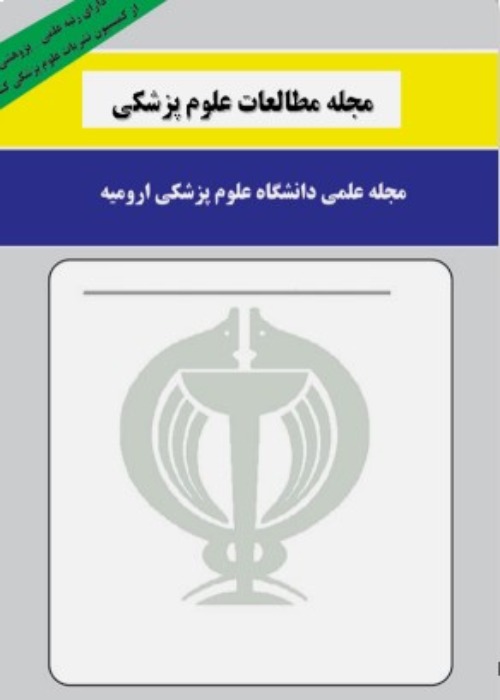EVALUATION OF THE EFFECT OF PLATELET-RICH PLASMA (PRP) ON OSTEOBLAST AND OSTEOCLAST DIFFERENTIATION IN THE PRESENCE OF POLYCAPROLACTONE / HYDROXYAPATITE 3D SCAFFOLD: AN IN VITRO STUDY
It has been shown that growth factors have a great role in improving wound healing processes. In addition, a relatively high proportion of endodontically treated teeth will require retrograde treatment in the future. Therefore, the aim of the present study was to evaluate the effect of platelet-rich plasma (PRP) on differentiation of osteoblasts and osteoclasts in the presence of a three-dimensional scaffold.
In this in vitro study, mesenchymal stem cells were isolated from the Wharton jelly of human fetal umbilical cord and assigned into osteoblasts and osteoclasts groups for the evaluation of differentiation. Each group was subdivided into two subgroups with and without PRP. All the samples were cultured on two PCL/HA (polycaprolacton/hydroxyapatite) polymer scaffold. To evaluate differentiation into osteoblasts, DMEM (Dulbecco’s Modified Eagle’s Medium) was used that contained 7‒10-mol dexamethasone, 10-mol glycerophosphate, and 50-mol ascorbic acid. In the osteoclast differentiation group, RANKL (receptor activator of nuclear factor Kappa-B ligand) and CSF (colony-stimulating factor) were used. In addition to differentiation agents, 10% PRP was added to the two subgroups containing PRP. After 10 days, differentiation into osteoblasts and osteoclasts was evaluated by assessing the expression of specific genes using real-time PCR. In the osteoblast differentiation group, expression of osteocalcin and osteotrix genes was evaluated and in the osteoclast differentiation group, expression of TRAP (tartrate-resistant acid phosphatase) was evaluated. Data were analyzed using one-way ANOVA, two-way ANOVA, and post hoc Tukey tests, using Graph Pad software program.
Evaluation of the expression of the TRAP gene did not reveal any significant differences between the study and control groups. There was a significant difference between the group with the osteoclastogenic factor alone and the group with osteoclastogenic factor and PRP (p=0.0324). There was a significant difference in osterix expression between the control group and the PRP-treated group (p=0.0050). There was a significant difference between the group with osteoblastogenic factor alone and the group with osteoblastogenic factor and PRP (p=0.00001). There was a significant difference in the expression of osteocalcin gene between the control and PRP-treated groups (p=0.0110); however, the differences between the osteoblastogenesis groups with and without PRP treatment were not significant (P=0.5191). The differences in the expression of TRAP, osterix, and osteocalcin genes between the control and PRP-treated groups were significant (p=0.006 and p=0.0001, respectively).
The results of the present study showed that PRP resulted in an increase in osteoblastic differentiation, with no significant increase in osteoclastic differentiation.
- حق عضویت دریافتی صرف حمایت از نشریات عضو و نگهداری، تکمیل و توسعه مگیران میشود.
- پرداخت حق اشتراک و دانلود مقالات اجازه بازنشر آن در سایر رسانههای چاپی و دیجیتال را به کاربر نمیدهد.


